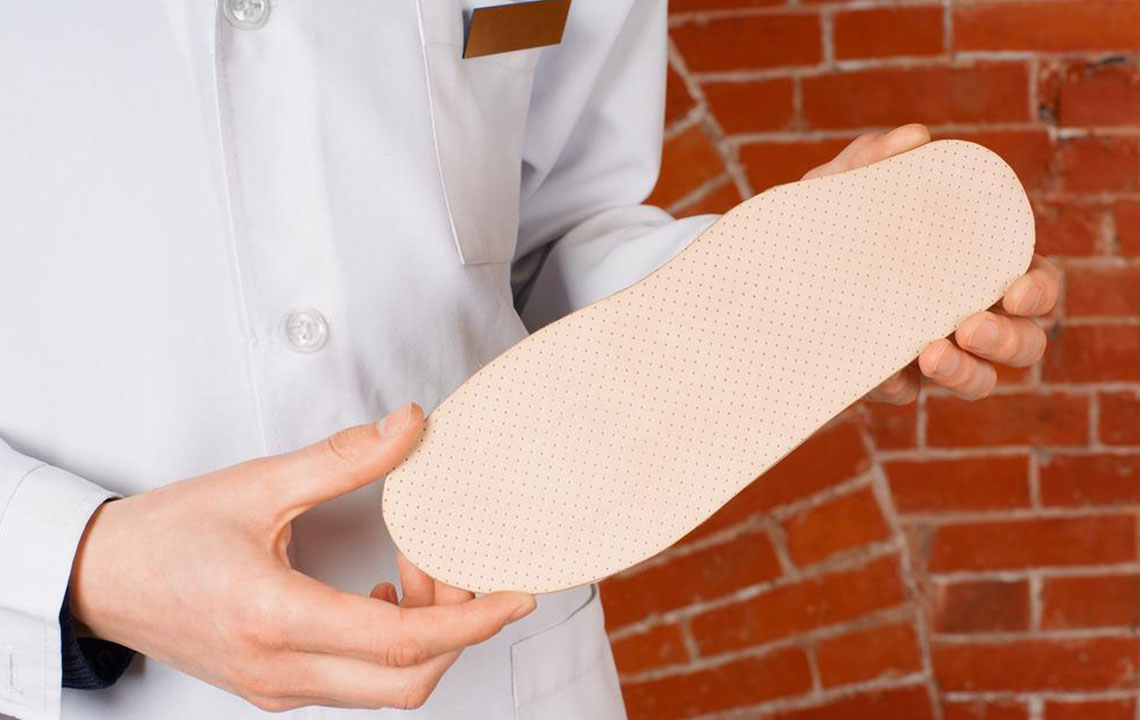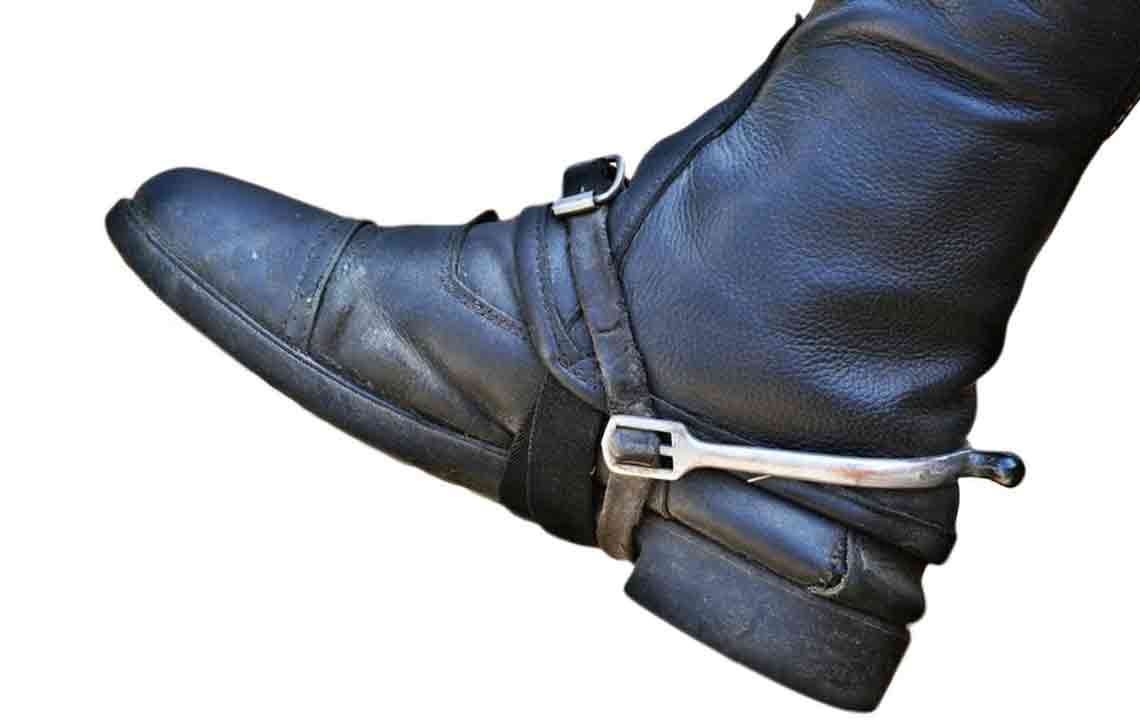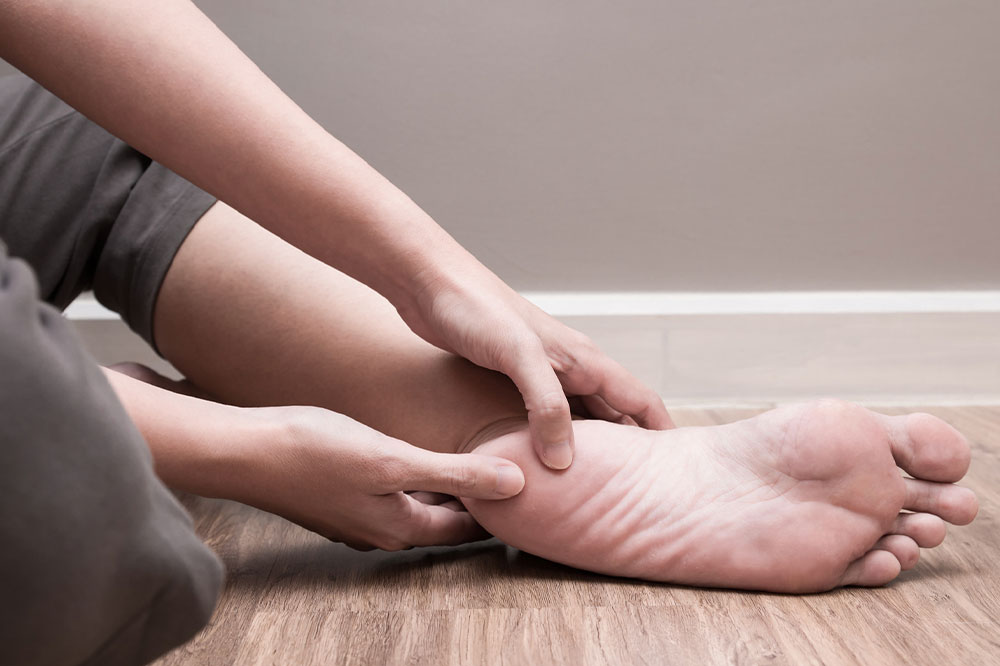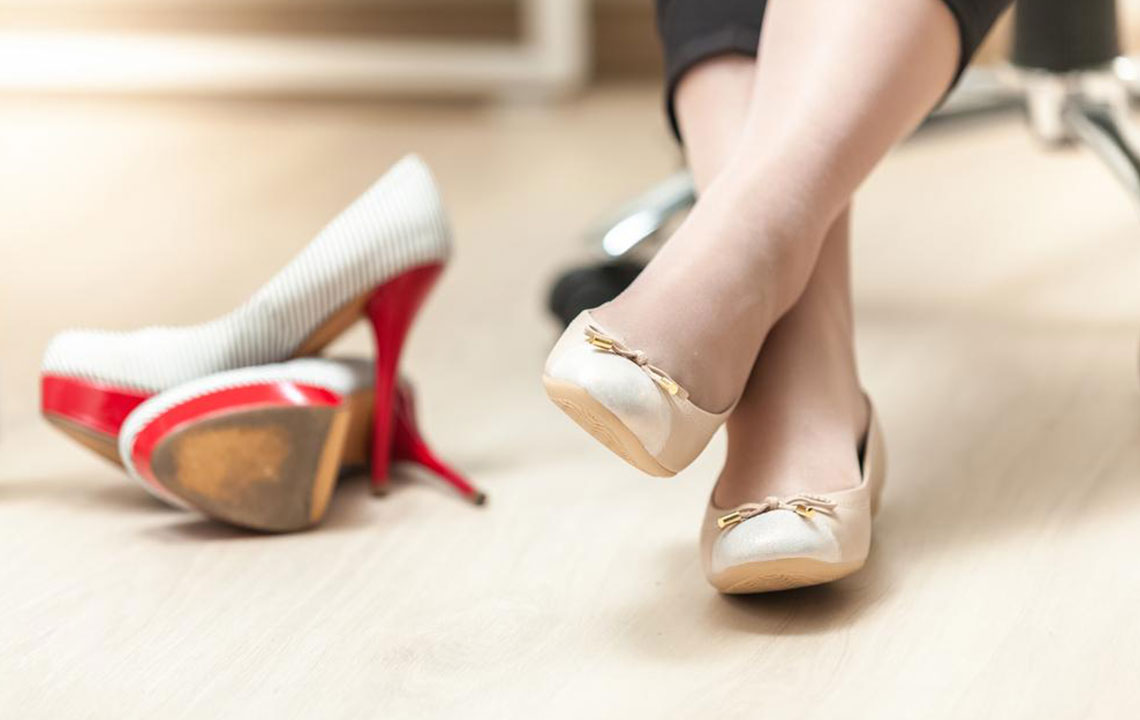Comprehensive Guide to Selecting the Best Plantar Fasciitis Support Devices for Relief and Comfort
This comprehensive guide explores effective strategies to find top plantar fasciitis support devices, including insoles and orthotics. Understanding causes, symptoms, diagnosis, and management options can help sufferers alleviate heel pain and improve foot health. The article highlights key features to consider when selecting insoles and offers practical advice for relief, making it a valuable resource for those dealing with plantar fasciitis and seeking affordable support solutions.

In-Depth Insights on Finding the Most Effective Plantar Fasciitis Support Devices
Heel discomfort is a common issue faced by many individuals, often linked to a condition known as plantar fasciitis. This ailment involves inflammation and weakening of the plantar fascia—a thick, fibrous ligament that runs from the heel bone to the base of the toes. The plantar fascia plays a crucial role in maintaining the arch of the foot and absorbing shock during walking or running. When subjected to excessive strain or repetitive stress, this ligament can become inflamed, leading to persistent heel pain and discomfort that can significantly impact daily activities.
Common Causes of Plantar Fasciitis:
Overpronation: inward rolling of the foot when walking or running, which increases stress on the plantar fascia
Foot Structure Abnormalities: flat feet or high arches can alter normal foot mechanics and increase vulnerability
Repetitive Impact: prolonged standing, walking, or running on hard surfaces puts additional strain on the heel and arch
Ill-Fitting Footwear: shoes that lack proper arch support or cushioning can exacerbate stress on the plantar fascia
Excess Body Weight: higher body mass index (BMI) applies increased pressure on the heel and foot ligaments
Tight Calf Muscles: limited flexibility increases tension on the plantar fascia during movement, common in athletes and active individuals
Identifying the Symptoms of Plantar Fasciitis:
The hallmark symptom is a sharp, stabbing pain in the heel, especially noticeable after periods of rest such as waking up in the morning or after long periods of inactivity. This pain often intensifies with walking, especially on hard or uneven surfaces, and can sometimes be mistaken for other types of heel pain. Many sufferers report that the discomfort diminishes with movement but worsens again after long standing or strenuous activity.
How to Diagnose and Manage Plantar Fasciitis:
Seek medical attention for an accurate diagnosis through physical examination. Your doctor may also recommend imaging tests such as X-rays to rule out other issues like fractures or heel spurs.
Rest your feet and minimize activities that aggravate symptoms, especially walking or standing on hard surfaces for extended periods.
Apply ice packs to the affected heel for 15-20 minute sessions several times a day to reduce inflammation and soothe pain.
Take over-the-counter (OTC) non-steroidal anti-inflammatory drugs (NSAIDs) like ibuprofen or naproxen to manage discomfort.
Incorporate stretching exercises targeting the calf muscles and Achilles tendons to relieve tension in the plantar fascia.
Utilize specialized foot supports such as orthotic insoles designed for plantar fasciitis to provide additional cushioning and stability.
Many individuals find relief through the use of plantar fasciitis insoles—orthopedic aids specifically crafted to support the foot's arch, cushion the heel, and absorb shock. These insoles serve as a practical, cost-effective alternative to purchasing new shoes and can be used with existing footwear. For severe cases or unique foot shapes, custom orthotics prescribed by a podiatrist ensure optimal support and targeted relief, significantly improving quality of life.
Important Factors to Consider When Choosing Insoles:
Supportive Design: Ensure the insole provides sufficient arch support and stabilizes the foot during movement.
Adjustability: Look for insoles that accommodate different arch heights and can be trimmed for a perfect fit.
Pain Relief Effectiveness: The primary goal should be to alleviate heel pain and reduce inflammation.
Compatibility: Select insoles that fit comfortably within a variety of your footwear styles, including athletic, casual, or formal shoes.
Durability and Comfort: Choose insoles made of high-quality, soft padding materials that withstand daily wear without sacrificing comfort.
Affordability: Balance quality and cost to access effective support without overspending.
There are numerous options available online ranging from basic supportive insoles to advanced orthotic devices. Conduct thorough research by reading user reviews and product descriptions to identify high-quality, reliable options tailored to your specific needs. Proper insoles can make a significant difference in managing plantar fasciitis, providing consistent relief and enhancing mobility.





